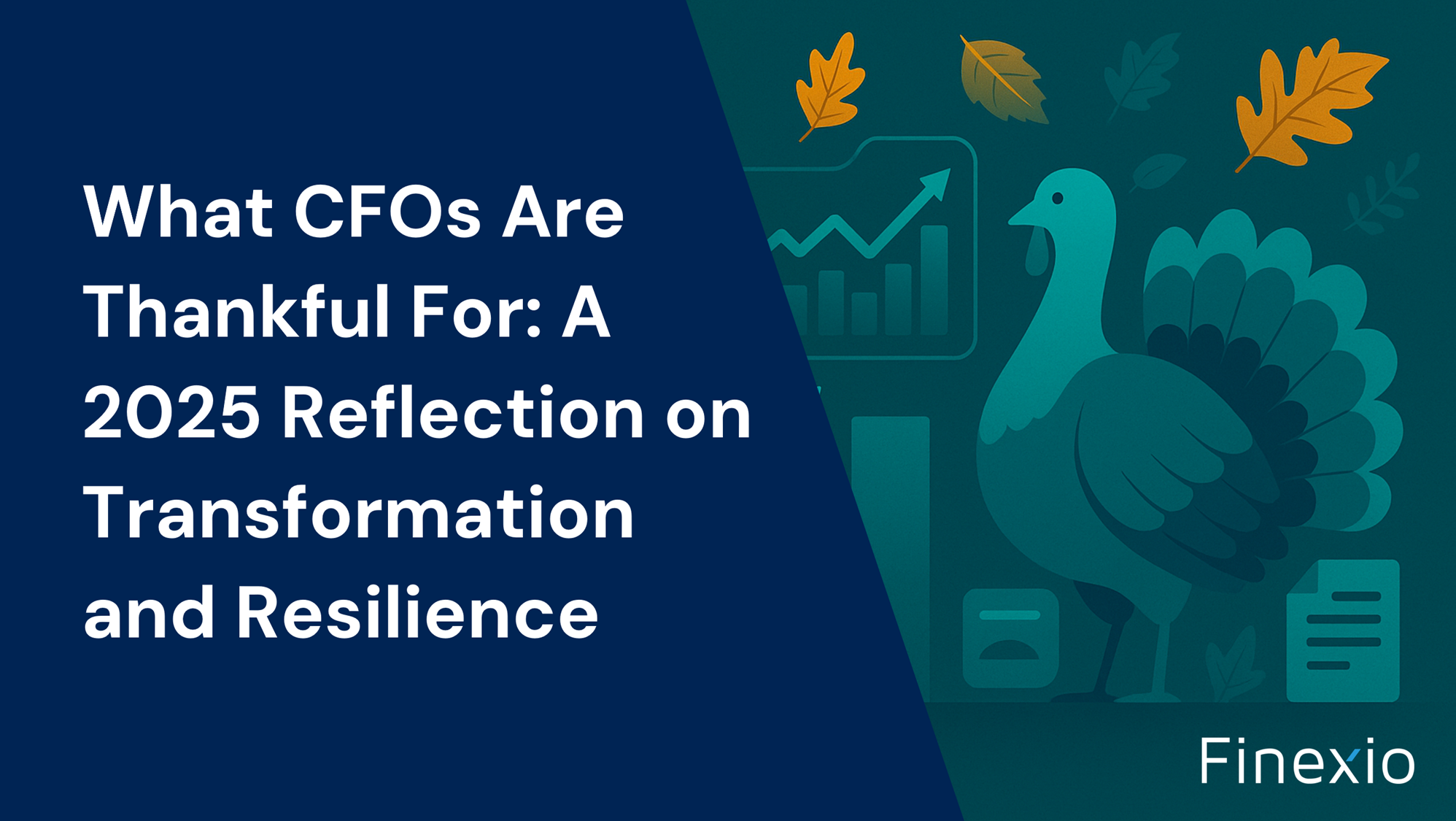The Real Role of B2B Virtual Payments


For companies handling a large volume of supplier payments, the way money moves matters more than ever. Many finance teams are dealing with growing transaction counts, tighter deadlines, and rising pressure from vendors who expect payments delivered quickly and smoothly. That’s where B2B virtual payments come into play.
These digital payment methods are more than a convenience. They have become standard for managing supplier relationships, reducing errors, and avoiding delays during busy periods. Especially as production ramps up in late summer and into the fall, having effective payment tools in place means less stress and more time spent on strategic planning.
Virtual payments are not new, but their place in daily B2B operations is evolving fast. Understanding their function is key to staying efficient, compliant, and ahead of the curve through the second half of the year.
Why Finance Teams Are Re-evaluating Payment Methods
Payment cycles that used to run on autopilot are now getting a closer look. Suppliers are demanding faster responses and clearer payment transparency. With materials, labor, and deliveries all moving quickly, every day a payment is delayed affects more than just accounting—it can slow down the entire operation.
Many finance staff are caught up in manual work, chasing invoices, entering vendor data, or tracking approvals in spreadsheets. This manual process increases time, risk, and the chance of mistakes. Handoffs between procurement and AP get even tougher when deadlines tighten at the end of the month or during seasonal surges.
There is also the challenge to scale without extra hires. Teams are pushed to manage more invoices and vendors in less time, with accuracy expected every step. Sticking to legacy systems built around paper checks simply isn’t sustainable.
What Makes Virtual Payments Practical for B2B Transactions
B2B virtual payments fit neatly into today’s supplier networks, each with different expectations for timing and format. Virtual payments remove many manual headaches and increase control across the payables process.
Payments no longer require bouncing between systems or dealing with outdated portals. Virtual payment platforms provide a single dashboard for scheduling, approving, and sending payments. This keeps errors down and streamlines timing—so payments reach suppliers how and when they expect them.
Built-in controls let finance teams pause, schedule, or approve payments automatically according to their own rules. More importantly, built-in fraud monitoring scans for unusual transactions, minimizing risk before issues take root. With no sensitive banking data to re-key, the chance of leaks or errors drops too.
Many modern B2B virtual payment systems include features like real-time tracking and audit trails that let finance departments manage approval flows and payment confirmations from one secure location.
Reducing Payment Friction Across the Supply Chain
Smooth payments keep everything moving—supplies coming in, production schedules holding steady, and vendor calls under control. When suppliers know when to expect payment, they deliver and respond more reliably. Entering busy production cycles late in the summer, that reliability matters most.
B2B virtual payments minimize slowdowns that creep in with checks or standard bank wires. Vendors go from waiting days for approval and delivery to getting paid in hours. For those managing tight inventory or busy schedules, that change is significant.
Finance teams also benefit. Less time is wasted reconciling accounts or chasing down overdue payments. Instead, details appear automatically in accounting and procurement software. Disputes drop, backlogged tickets decrease, and shared inboxes clear up.
The bottom line is more time on strategy and cash flow forecasting, less on resolving day-to-day payment issues.
Embedding Payments Into the AP Tools You Already Use
What sets newer B2B virtual payment solutions apart is their ability to integrate with existing tools. No extra headaches or software for teams to track. Instead, payment actions, approvals, and status updates happen where staff already work in AP and ERP software.
- Approvals get automated based on invoice data, streamlining handoffs and unlocking faster payment cycles.
- Production, delivery, and finance updates sync together, reducing gaps and manual entries.
- Audit-ready records keep everyone in sync—from procurement to reporting—making compliance checks fast and clear.
By syncing payments and data across AP and procurement, finance leaders can close gaps between cash flow and spending timelines. This level of connectivity makes forecasting and scenario planning more meaningful, since payment data matches the actual timing of work and deliveries.
When a payment problem does appear, these integrated systems call it out. Issues can be resolved before they spread across the business.
Securing Speed and Confidence Before the End-of-Year Rush
Late summer signals a ramp-up to the final quarter. Orders jump, urgency rises, time and cash seem to run thinner. B2B virtual payments offer more than speed—they reinforce processes when it matters most.
Instead of patchwork workarounds, finance teams can rely on automatic approvals, fast payment runs, and robust fraud checks. This not only makes life easier for AP, but gives vendors more confidence too.
Key features like digital payment audit trails, supplier self-service enrollment, and payment status notifications are core in platforms supporting high-volume vendor transactions. For companies that balance surging demand against slim margins, these details safeguard cash flow and reduce risk without slowing down operations.
Virtual payments provide easier, more controlled supplier payment cycles, so finance teams can keep production on schedule even as the year gets busy. As expectations climb, these systems help keep relationships strong and money moving. The goal is simple—less friction, more confidence, and a process that keeps business growing when it matters most.
At Finexio, we build every payment process around what finance teams actually need to operate smoothly at scale. When you’re working to streamline workflows or reduce risk across supplier accounts, seeing how B2B virtual payments support those goals without slowing down the rest of the business can make all the difference.
Get the free Newsletter
Get the latest information on all things related to B2B and electronic payments delivered straight to your inbox.




